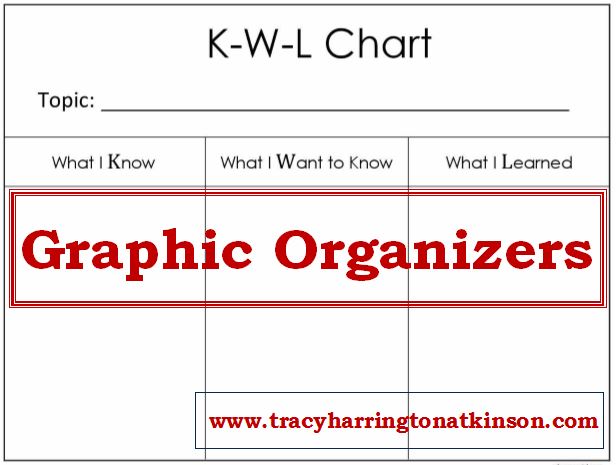
Using graphic organizers aids in learning.
Graphic Organizers: Strengths/Weaknesses
From pre-school through higher education, teaching methods lend themselves to the enhancement of content areas. Yet, these techniques should be weighed for their unique strengths and weaknesses as they contribute to student understanding as well as how they relate to the goals and objectives of the course. Their implementation in education should be carefully evaluated when determining how to best meet the needs of each student. The connection of these techniques to content and student learning styles characterizes a good educator.
Strengths of Graphic Organizers:
- increases students’ comprehension (Robinson, Katayama, Beth & Odom, 2006)
- increases ability to recall information (Robinson, Katayama, Beth & Odom, 2006)
- do not need to be isolated to a learning situation or a classroom (Thousand, Villa & Nevin, 2007).
- ability to doodle, draw or make marks of any representation (Thousand, Villa & Nevin, 2007).
- directs students’ attention (Thousand, Villa & Nevin, 2007).
- fosters connections between information as well as helping students to grasp abstract concepts (Nikolai, 2009).
- Educators receive an insight into students’ prior knowledge (Nikolai, 2009).
- allows teachers and students to mold new information to fit into previous schemas (Nikolai, 2009).
- stimulate interest (Hartman, 2002).
- aids in information retention and organizational skills (Hartman, 2002).
- highlight essential information (Hartman, 2002).

KWL chart- free pdf -click on image
Weaknesses of Graphic Organizers:
- can be difficult (Nikolai, 2009).
- time-consuming to create for a specific need (Nikolai, 2009).
- proven to decrease note taking (Nikolai, 2009).
- Instructors also comment the loss of time in creating a graphic organizer cuts into the precious feedback time for students (Hartman, 2002).
Value of Graphic Organizers:
- This tool is quickly utilized by visual learners and students who need information to be organized.
- Graphic organizers have been implemented in education for decades but have the most notoriety for the public when discussing Venn Diagrams.
- This technique has shown to be beneficial for students across age groups from pre-school to adult education (Nikolai, 2009).
- Graphic organizers can be distributed to each group to facilitate the discussion process (Gregory & Chapman, 2007).
Application of Graphic Organizers:
Different styles of graphic organizers can be used for writing, notetaking and understanding across the curriculum. It can also be used for assessment purposes. The limitations of graphic organizers is imposed upon by the user.
Sources:
Gregory, G. & Chapman, C. (2007). Differentiated instructional strategies: One size doesn’t fit all. (2nd edition). Thousand Oaks, CA: Corwin Press.
Hartman, H. (2002). Graphic organizers as a teaching strategy. Retrieved from condor.admin.ccny.cuny.edu/~sb5320/awresrchpprpage.htm
Nikolai, A. (2009). Advantages and disadvantages of the graphic organizer. Retrieved from www.ehow.com/facts_5522538_advantages-disadvantages-graphic-organizer.html
Robinson, D., Katayama, A., Beth, A. & Odom, S. (2006). Increasing text comprehension and graphic note taking through graphic organizers. Journal of Educational Research, 100(2), 103-113.
Thousand, J., Villa, R. & Nevin, A. (2007). Differentiating instruction: Collaboratively planning and teaching for universally designed learning. Thousand Oaks, CA: Corwin Press.
By Tracy Harrington-Atkinson
Tracy Harrington-Atkinson, mother of six, lives in the Midwest with her husband. She is a teacher, having taught elementary school to higher education, holding degrees in elementary education, a master’s in higher education and continued on to a PhD in curriculum design. She has published several titles, including Calais: The Annals of the Hidden, Lemosa: The Annals of the Hidden, Book Two, Rachel’s 8 and Securing Your Tent. She is currently working on a non-fiction text exploring the attributes of self-directed learners: The Five Characteristics of Self-directed Learners.


Comments are closed